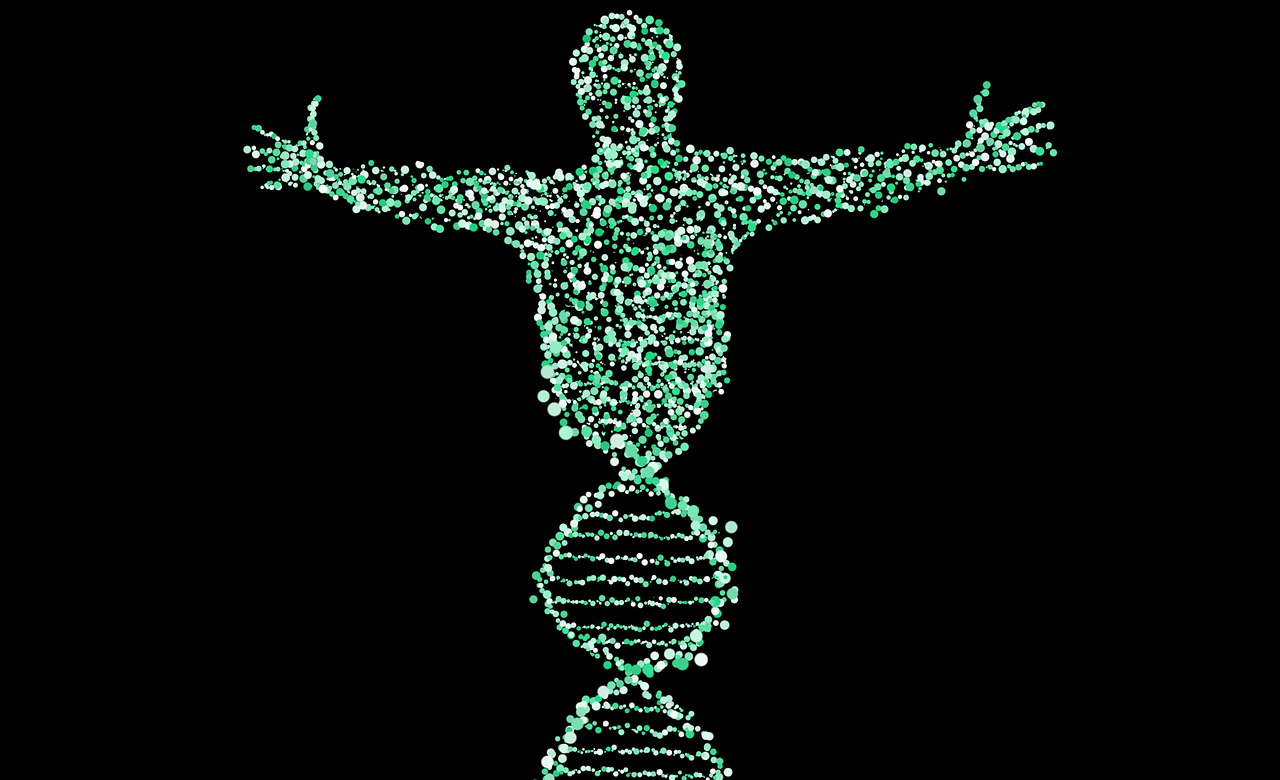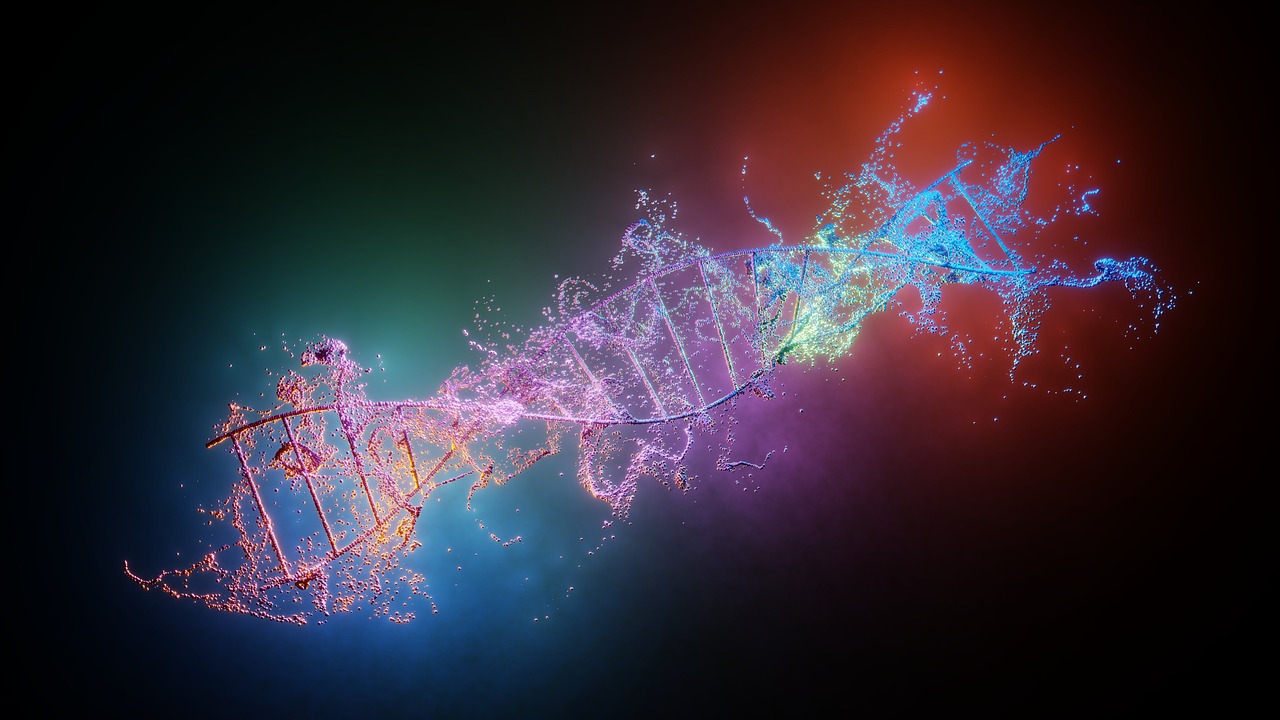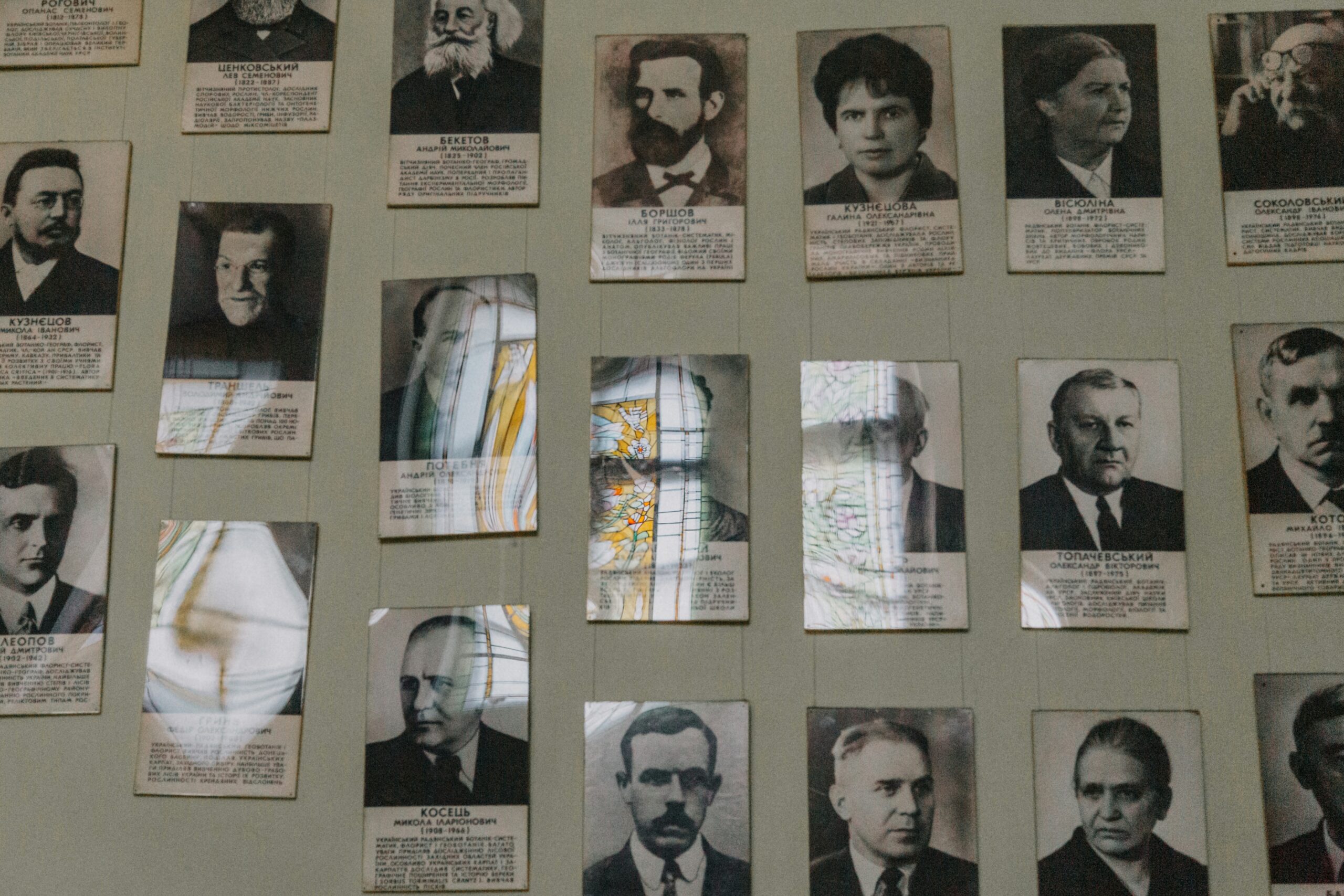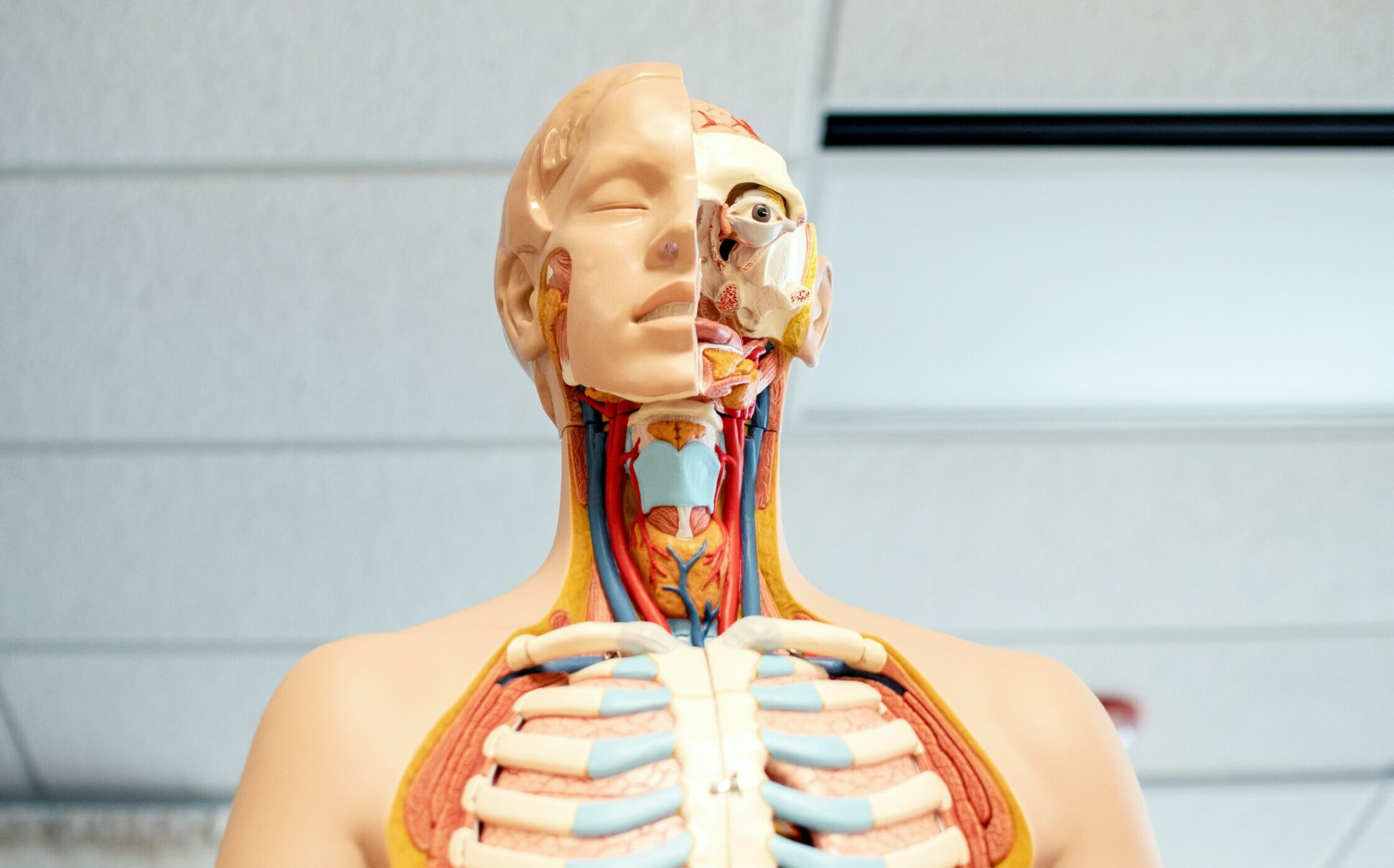Biology has been shaped by brilliant minds whose discoveries revolutionized medicine, genetics, ecology, and our understanding of life itself. Biology has been revolutionized by scientists whose discoveries have deepened our understanding of life’s processes. This article details the contributions of 30 renowned biologists, providing in-depth insights into their research, methodologies, and the broader impact of their work on science and society. Each scientist’s discovery is explored with additional context, including experimental approaches, challenges faced, and long-term significance.
Key Points
- Foundational and Modern Advances: The list spans early pioneers like Antonie van Leeuwenhoek, who revealed the microbial world, to contemporary innovators like Jennifer Doudna, who developed CRISPR gene editing.
- Interdisciplinary Impact: Contributions range across genetics, microbiology, ecology, and molecular biology, influencing medicine, agriculture, and environmental policy.
- Collaborative and Controversial Efforts: Some discoveries, such as DNA’s structure, involved complex collaborations and debates over credit (e.g., Rosalind Franklin’s role).
- Nobel Prize Recognition: Many scientists received Nobel Prizes, reflecting their transformative contributions.
Detailed Contributions of 30 Famous Biologists
Below is a comprehensive exploration of 30 biologists, their discoveries, and the detailed impact of their work. Each entry includes the scientist’s lifespan, a thorough description of their research, experimental methods, challenges, and the significance of their contributions.
1. Antonie van Leeuwenhoek (1632–1723)
- Discovery/Research: Microscopy and microorganisms.
- Detailed Contribution: Van Leeuwenhoek, a Dutch tradesman, crafted single-lens microscopes with up to 270x magnification, far surpassing contemporary instruments. His meticulous observations of pond water, saliva, and other samples revealed “animalcules” (microorganisms), including bacteria and protozoa. He also described sperm cells, challenging prevailing theories of reproduction.
- Methodology and Challenges: Working alone, he ground his own lenses and documented findings in letters to the Royal Society. His lack of formal scientific training and secretive methods delayed acceptance of his work.
- Impact: His discoveries founded microbiology, enabling later germ theory development. His work shifted scientific focus to the microscopic world, influencing medicine and biology (Famous Scientists).
2. Robert Hooke (1635–1703)
- Discovery/Research: Discovery of cells.
- Detailed Contribution: Hooke’s Micrographia (1665) detailed observations using a compound microscope. He described thin slices of cork as resembling “cells” in a monastery, coining the term. He also observed plant and insect structures, illustrating cellular organization.
- Methodology and Challenges: Hooke built his own microscopes but faced limitations in lens quality, which restricted resolution. His rivalry with contemporaries like Newton overshadowed his biological contributions.
- Impact: Hooke’s work laid the groundwork for cell theory, inspiring later scientists like Schleiden and Schwann. His illustrations popularized microscopy (Famous Scientists).
3. William Harvey (1578–1657)
- Discovery/Research: Blood circulation.
- Detailed Contribution: Harvey disproved Galen’s ancient theory that blood was consumed by tissues. Through dissections of animals and humans, he demonstrated that the heart pumps blood in a closed circulatory system, with arteries and veins connected via capillaries (later confirmed by microscopy).
- Methodology and Challenges: Harvey used vivisection and quantitative measurements, estimating blood volume pumped by the heart. His ideas faced resistance from traditionalists, delaying acceptance.
- Impact: His work established modern physiology, influencing cardiovascular medicine and experimental biology (Biology Discussion).
4. Matthias Schleiden (1804–1881)
- Discovery/Research: Cell theory (plants).
- Detailed Contribution: Schleiden, a botanist, observed plant tissues under microscopes and concluded that all plant structures are composed of cells. His 1838 publication emphasized cells as the basic unit of plant life, proposing that cells arise from a crystallization-like process (later corrected).
- Methodology and Challenges: He relied on improved microscopes but misinterpreted cell division. Collaboration with Schwann unified their findings.
- Impact: Schleiden’s work was a cornerstone of cell theory, shaping biological research (Wikipedia).
5. Theodor Schwann (1810–1882)
- Discovery/Research: Cell theory (animals).
- Detailed Contribution: Schwann extended Schleiden’s ideas to animals, observing tissues like cartilage and nerve cells. His 1839 book, Microscopical Researches, proposed that all living organisms are composed of cells, unifying plant and animal biology.
- Methodology and Challenges: Schwann faced difficulties in observing animal cells due to their complexity but used staining techniques. His work was initially overshadowed by Schleiden’s.
- Impact: Schwann’s contribution completed the cell theory framework, influencing pathology and developmental biology (Wikipedia).
6. Charles Darwin (1809–1882)
- Discovery/Research: Theory of evolution by natural selection.
- Detailed Contribution: Darwin’s five-year voyage on the HMS Beagle provided evidence for evolution, including Galápagos finch beak variations. His 1859 book, On the Origin of Species, proposed natural selection: organisms with favorable traits survive and reproduce, driving species change. He later explored sexual selection and human evolution.
- Methodology and Challenges: Darwin collected extensive specimens and corresponded with scientists. He delayed publishing due to controversy, facing religious opposition.
- Impact: Darwin’s theory unified biology, explaining biodiversity and guiding modern evolutionary studies (Famous Scientists).
7. Gregor Mendel (1822–1884)
- Discovery/Research: Laws of inheritance.
- Detailed Contribution: Mendel’s experiments with pea plants (1856–1863) revealed patterns of inheritance. He identified dominant and recessive traits, formulating laws of segregation and independent assortment. His statistical approach showed traits are inherited as discrete units (genes).
- Methodology and Challenges: Mendel cross-pollinated thousands of plants, tracking traits like seed color. His work was ignored until 1900, due to its mathematical complexity.
- Impact: Mendel’s laws founded genetics, enabling later discoveries in molecular biology (Ranker).
8. Louis Pasteur (1822–1895)
- Discovery/Research: Germ theory of disease and pasteurization.
- Detailed Contribution: Pasteur showed that microorganisms cause fermentation and disease, disproving spontaneous generation. He developed pasteurization to kill microbes in food and created vaccines for anthrax and rabies using attenuated pathogens.
- Methodology and Challenges: Pasteur used controlled experiments, like swan-neck flask studies, to isolate microbes. He faced skepticism from medical traditionalists.
- Impact: His work transformed medicine, food safety, and public health, establishing microbiology (Biology Junction).
9. Rudolf Virchow (1821–1902)
- Discovery/Research: Cellular pathology.
- Detailed Contribution: Virchow proposed that all cells arise from pre-existing cells (omnis cellula e cellula), completing cell theory. His studies of diseased tissues showed that pathological conditions, like cancer, result from cellular dysfunction.
- Methodology and Challenges: Virchow used microscopy to study tissues but faced limitations in early staining techniques. His ideas challenged humoral disease theories.
- Impact: His work founded modern pathology, guiding medical diagnostics (Ranker).
10. Paul Ehrlich (1854–1915)
- Discovery/Research: Immunology and chemotherapy.
- Detailed Contribution: Ehrlich developed theories of antibody formation, proposing that cells produce “side-chains” to bind pathogens. His “magic bullet” concept led to salvarsan, the first synthetic drug for syphilis treatment.
- Methodology and Challenges: Ehrlich used chemical dyes to study cells and tested compounds systematically. His drug trials faced ethical scrutiny.
- Impact: His work pioneered immunology and chemotherapy, influencing modern pharmacology (Wikipedia).
11. Ivan Pavlov (1849–1936)
- Discovery/Research: Classical conditioning.
- Detailed Contribution: Pavlov’s experiments on dog digestion revealed that neutral stimuli (e.g., a bell) paired with food could trigger salivation, demonstrating learned associations. This established classical conditioning as a fundamental learning mechanism.
- Methodology and Challenges: Pavlov used surgical techniques to measure saliva but faced criticism for animal welfare concerns.
- Impact: His work shaped behavioral biology and psychology, influencing education and therapy (Ranker).
12. Alexander Fleming (1881–1955)
- Discovery/Research: Discovery of penicillin.
- Detailed Contribution: In 1928, Fleming noticed that a mold growing on a petri dish inhibited bacterial growth, identifying penicillin. His subsequent experiments confirmed its antibacterial properties, though mass production was achieved later by others.
- Methodology and Challenges: Fleming’s accidental discovery required careful observation. He struggled to purify penicillin, limiting initial applications.
- Impact: Penicillin launched the antibiotic era, saving millions of lives (Famous Scientists).
13. Thomas Hunt Morgan (1866–1945)
- Discovery/Research: Chromosomal theory of inheritance.
- Detailed Contribution: Morgan’s experiments with Drosophila melanogaster (fruit flies) showed that genes are carried on chromosomes. He identified sex-linked traits (e.g., eye color) and mapped gene locations, confirming Mendel’s principles.
- Methodology and Challenges: Morgan bred thousands of flies, analyzing mutations. Early genetic concepts were contentious, requiring extensive data.
- Impact: His work solidified genetics, enabling gene mapping and modern genomics (Ranker).
14. Theodosius Dobzhansky (1900–1975)
- Discovery/Research: Synthesis of genetics and evolution.
- Detailed Contribution: Dobzhansky integrated Darwinian evolution with Mendelian genetics, showing how genetic variation drives natural selection. His 1937 book, Genetics and the Origin of Species, introduced the modern synthesis, using Drosophila studies to demonstrate population genetics.
- Methodology and Challenges: He conducted field and lab studies, facing challenges in quantifying genetic variation.
- Impact: His work unified evolutionary biology, guiding research on speciation (Ranker).
15. Linus Pauling (1901–1994)
- Discovery/Research: Protein structure and molecular biology.
- Detailed Contribution: Pauling used X-ray crystallography and chemical bonding theories to discover the alpha-helix structure of proteins. He also proposed a (incorrect) triple-helix DNA model, contributing to early molecular biology.
- Methodology and Challenges: Pauling combined physics and chemistry, but his DNA model was overshadowed by Watson and Crick’s.
- Impact: His protein work advanced structural biology, influencing drug design (Ranker).
16. Barbara McClintock (1902–1992)
- Discovery/Research: Transposable elements (“jumping genes”).
- Detailed Contribution: McClintock’s maize experiments revealed that genes can move within the genome, controlling other genes’ expression. Her discovery of transposons explained genetic variability and mutation patterns.
- Methodology and Challenges: She analyzed corn kernel color patterns, facing skepticism due to her complex findings. Recognition came decades later.
- Impact: Her work, earning a 1983 Nobel Prize, transformed genetics, explaining phenomena like antibiotic resistance (Famous Scientists).
17. George Beadle (1903–1989)
- Discovery/Research: One gene-one enzyme hypothesis.
- Detailed Contribution: Beadle and Tatum’s experiments with Neurospora crassa (bread mold) showed that specific genes control the production of enzymes in metabolic pathways, linking genes to biochemical functions.
- Methodology and Challenges: They induced mutations with X-rays, analyzing nutritional deficiencies. Their work required precise biochemical assays.
- Impact: Their hypothesis, earning a 1958 Nobel Prize, clarified gene function, influencing molecular biology (Wikipedia).
18. Edward Tatum (1909–1975)
- Discovery/Research: One gene-one enzyme hypothesis.
- Detailed Contribution: Tatum collaborated with Beadle, providing biochemical expertise to demonstrate gene-enzyme relationships in Neurospora.
- Methodology and Challenges: Same as Beadle’s.
- Impact: Same as Beadle’s (Wikipedia).
19. Rosalind Franklin (1920–1958)
- Discovery/Research: X-ray diffraction images of DNA.
- Detailed Contribution: Franklin’s expertise in X-ray crystallography produced high-resolution images of DNA, notably Photo 51, revealing its helical structure. Her data on DNA’s dimensions and symmetry were critical for Watson and Crick’s model.
- Methodology and Challenges: Franklin worked in a male-dominated field, facing tensions with colleagues. Her contributions were underrecognized during her lifetime.
- Impact: Her work was pivotal to the DNA double-helix discovery, shaping molecular biology (Famous Scientists).
20. James Watson (1928–)
- Discovery/Research: Double-helix structure of DNA.
- Detailed Contribution: Watson, with Crick, proposed the double-helix model of DNA in 1953, using Franklin’s data. Their model explained DNA replication and base-pairing (A-T, C-G), solving a central genetic mystery.
- Methodology and Challenges: They built physical models, relying on Franklin’s images. Ethical debates arose over data sharing.
- Impact: Their discovery, earning a 1962 Nobel Prize, revolutionized genetics and biotechnology (Complete University Guide).
21. Francis Crick (1916–2004)
- Discovery/Research: Double-helix structure of DNA.
- Detailed Contribution: Crick’s theoretical insights complemented Watson’s, elucidating DNA’s structure and proposing the “central dogma” (DNA → RNA → protein).
- Methodology and Challenges: Same as Watson’s.
- Impact: Same as Watson’s (Famous Scientists).
22. Rachel Carson (1907–1964)
- Discovery/Research: Environmental biology and pesticide effects.
- Detailed Contribution: Carson’s Silent Spring (1962) documented DDT’s ecological harm, linking it to bird population declines and bioaccumulation. Her work combined field observations, scientific literature, and public advocacy.
- Methodology and Challenges: Carson faced chemical industry backlash and health issues during writing. Her accessible style broadened her impact.
- Impact: Her book sparked the environmental movement, leading to DDT bans and EPA establishment (Famous Scientists).
23. Stanley Miller (1930–2007)
- Discovery/Research: Origin of life experiments.
- Detailed Contribution: Miller’s 1953 experiment with Harold Urey simulated Earth’s early atmosphere (methane, ammonia, water, hydrogen). Electric sparks produced amino acids, supporting the hypothesis that life’s building blocks formed chemically.
- Methodology and Challenges: Miller used a closed glass apparatus, but debates persisted over Earth’s actual early conditions.
- Impact: His work bolstered abiogenesis theories, influencing astrobiology (Ranker).
24. Lynn Margulis (1938–2011)
- Discovery/Research: Endosymbiotic theory.
- Detailed Contribution: Margulis proposed that organelles like mitochondria and chloroplasts evolved from free-living bacteria engulfed by ancestral cells. Her evidence included organelle DNA and bacterial similarities.
- Methodology and Challenges: She faced decades of skepticism, relying on comparative biology. Acceptance grew with molecular evidence.
- Impact: Her theory reshaped evolutionary biology, explaining cellular complexity (Ranker).
25. Rita Levi-Montalcini (1909–2012)
- Discovery/Research: Nerve growth factor (NGF).
- Detailed Contribution: Levi-Montalcini discovered NGF, a protein promoting nerve cell growth, through experiments on chick embryos and tumors. Her work explained neural development and regeneration.
- Methodology and Challenges: She conducted research under WWII persecution, using makeshift labs. Her findings were initially controversial.
- Impact: NGF research, earning a 1986 Nobel Prize, advanced neurobiology and neurodegenerative disease studies (Wikipedia).
26. Jane Goodall (1934–)
- Discovery/Research: Chimpanzee behavior and social structure.
- Detailed Contribution: Goodall’s 60-year study in Gombe, Tanzania, revealed chimpanzees’ tool use, social bonds, and aggression, challenging human uniqueness. Her ethological approach emphasized long-term observation.
- Methodology and Challenges: She faced criticism for anthropomorphizing animals but gained credibility through rigorous data.
- Impact: Her work transformed primatology and conservation, inspiring global wildlife protection (Famous Scientists).
27. Kary Mullis (1944–2019)
- Discovery/Research: Polymerase chain reaction (PCR).
- Detailed Contribution: Mullis invented PCR in 1983, a technique to amplify DNA segments using heat-stable enzymes. This enabled rapid genetic analysis, from forensics to medical diagnostics.
- Methodology and Challenges: Mullis developed PCR conceptually, facing initial skepticism. Commercialization required enzyme optimization.
- Impact: PCR, earning a 1993 Nobel Prize, revolutionized biotechnology (Wikipedia).
28. Craig Venter (1946–)
- Discovery/Research: Human genome sequencing and synthetic biology.
- Detailed Contribution: Venter’s team at Celera Genomics sequenced the human genome in 2001, using shotgun sequencing. In 2010, he created a synthetic bacterial genome, inserting it into a living cell.
- Methodology and Challenges: His competitive approach sparked ethical debates. Synthetic biology faced technical hurdles.
- Impact: His work accelerated genomics and synthetic biology, enabling personalized medicine (Ranker).
29. Elizabeth Blackburn (1948–)
- Discovery/Research: Telomeres and telomerase.
- Detailed Contribution: Blackburn discovered telomerase, an enzyme that maintains telomeres (chromosome ends), preventing cell aging. Her Tetrahymena studies showed telomeres’ protective role.
- Methodology and Challenges: She used molecular biology techniques, overcoming challenges in detecting telomerase activity.
- Impact: Her work, earning a 2009 Nobel Prize, advanced cancer and aging research (Wikipedia).
30. Jennifer Doudna (1964–)
- Discovery/Research: CRISPR-Cas9 gene editing.
- Detailed Contribution: Doudna and Emmanuelle Charpentier developed CRISPR-Cas9, a bacterial immune system adapted for precise genome editing. Their 2012 paper outlined its programmable mechanism.
- Methodology and Challenges: They used biochemical and structural studies, navigating patent disputes and ethical concerns.
- Impact: CRISPR, earning a 2020 Nobel Prize, transformed medicine, agriculture, and biotechnology (Wikipedia).
.
These 30 biologists have profoundly shaped biology through rigorous experimentation and innovative thinking. These scientists transformed medicine, genetics, evolution, and ecology, shaping modern biology. From Darwin’s evolution to CRISPR gene editing, their discoveries continue to impact science today. Their discoveries, from the cellular basis of life to gene-editing tools, continue to drive scientific progress and address global challenges in health, environment, and beyond.
some 20 must-read books
for additional information
1. On the Origin of Species – Charles Darwin
📌 Focus: Theory of evolution by natural selection
🔗 Amazon | Flipkart
2. The Double Helix – James Watson
📌 Focus: Discovery of DNA’s structure (personal account)
🔗 Amazon
3. The Gene: An Intimate History – Siddhartha Mukherjee
📌 Focus: History of genetics from Mendel to CRISPR
🔗 Amazon
4. Silent Spring – Rachel Carson
📌 Focus: Environmental science & toxicology
🔗 Amazon
5. The Immortal Life of Henrietta Lacks – Rebecca Skloot
📌 Focus: HeLa cells & medical ethics
🔗 Amazon
6. Microbe Hunters – Paul de Kruif
📌 Focus: Pioneers of microbiology (Pasteur, Koch)
🔗 Amazon
7. The Selfish Gene – Richard Dawkins
📌 Focus: Gene-centered evolution
🔗 Amazon
8. Rosalind Franklin: The Dark Lady of DNA – Brenda Maddox
📌 Focus: Franklin’s role in DNA discovery
🔗 Amazon
9. The Emperor of All Maladies – Siddhartha Mukherjee
📌 Focus: History of cancer research
🔗 Amazon
10. Lab Girl – Hope Jahren
📌 Focus: Memoir of a geobiologist
🔗 Amazon
11. The Hidden Life of Trees – Peter Wohlleben
📌 Focus: Plant communication & ecology
🔗 Amazon
12. The Sixth Extinction – Elizabeth Kolbert
📌 Focus: Mass extinctions & biodiversity
🔗 Amazon
13. The Vital Question – Nick Lane
📌 Focus: Origin of life & mitochondria
🔗 Amazon
14. Pale Blue Dot – Carl Sagan
📌 Focus: Astrobiology & cosmic perspective
🔗 Amazon
15. The Invention of Nature – Andrea Wulf
📌 Focus: Alexander von Humboldt’s ecology
🔗 Amazon
16. The Code Breaker – Walter Isaacson
📌 Focus: Jennifer Doudna & CRISPR
🔗 Amazon
17. The Botany of Desire – Michael Pollan
📌 Focus: Co-evolution of plants/humans
🔗 Amazon
18. The Epigenetics Revolution – Nessa Carey
📌 Focus: Gene expression & environment
🔗 Amazon
19. The Man Who Knew Infinity – Robert Kanigel
📌 Focus: Srinivasa Ramanujan (math in biology)
🔗 Amazon
20. A Planet of Viruses – Carl Zimmer
📌 Focus: Virology & pandemics
🔗 Amazon
Bonus: Textbooks for Advanced Readers
- Molecular Biology of the Cell – Alberts et al.
🔗 Amazon - Lehninger Principles of Biochemistry – Nelson & Cox
🔗 Amazon















